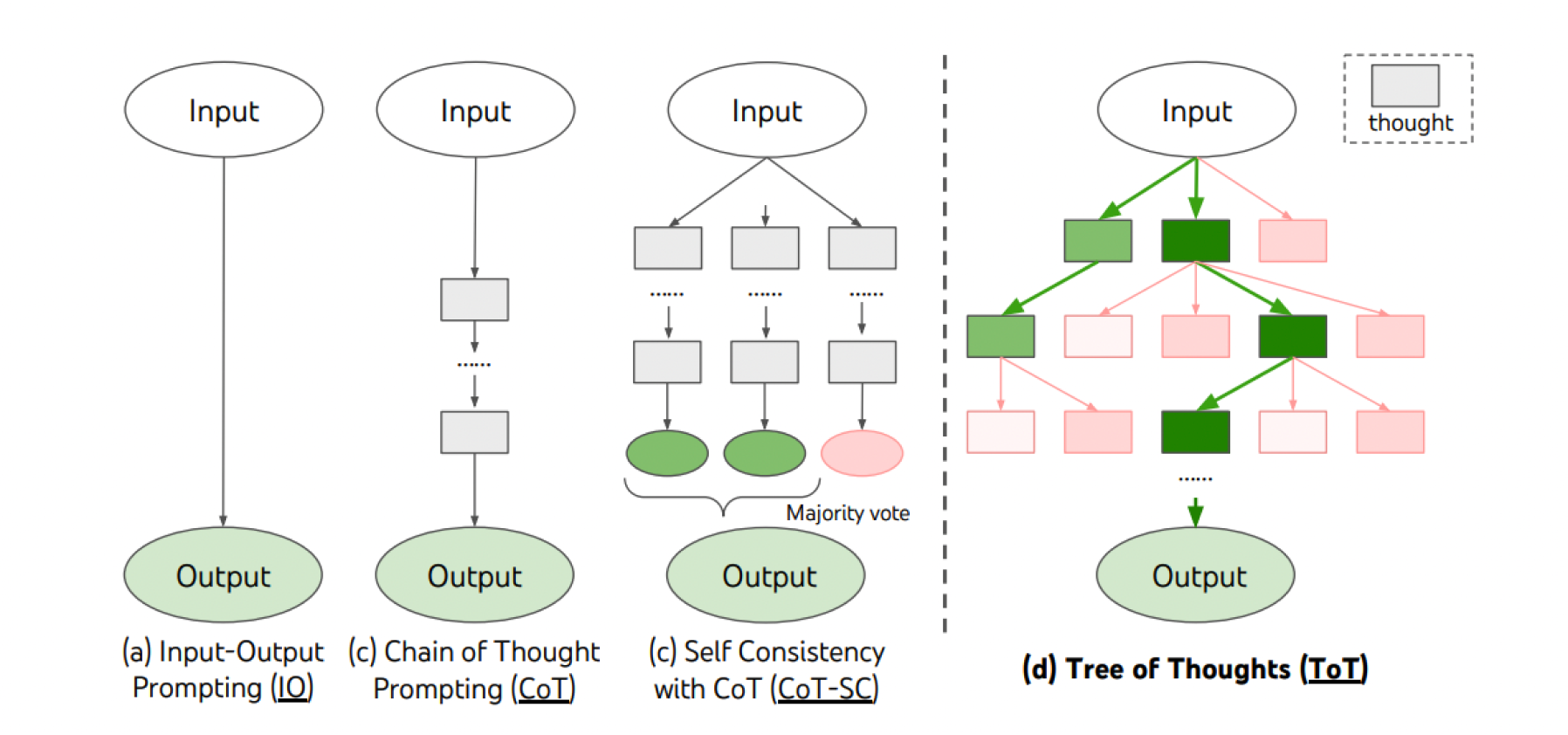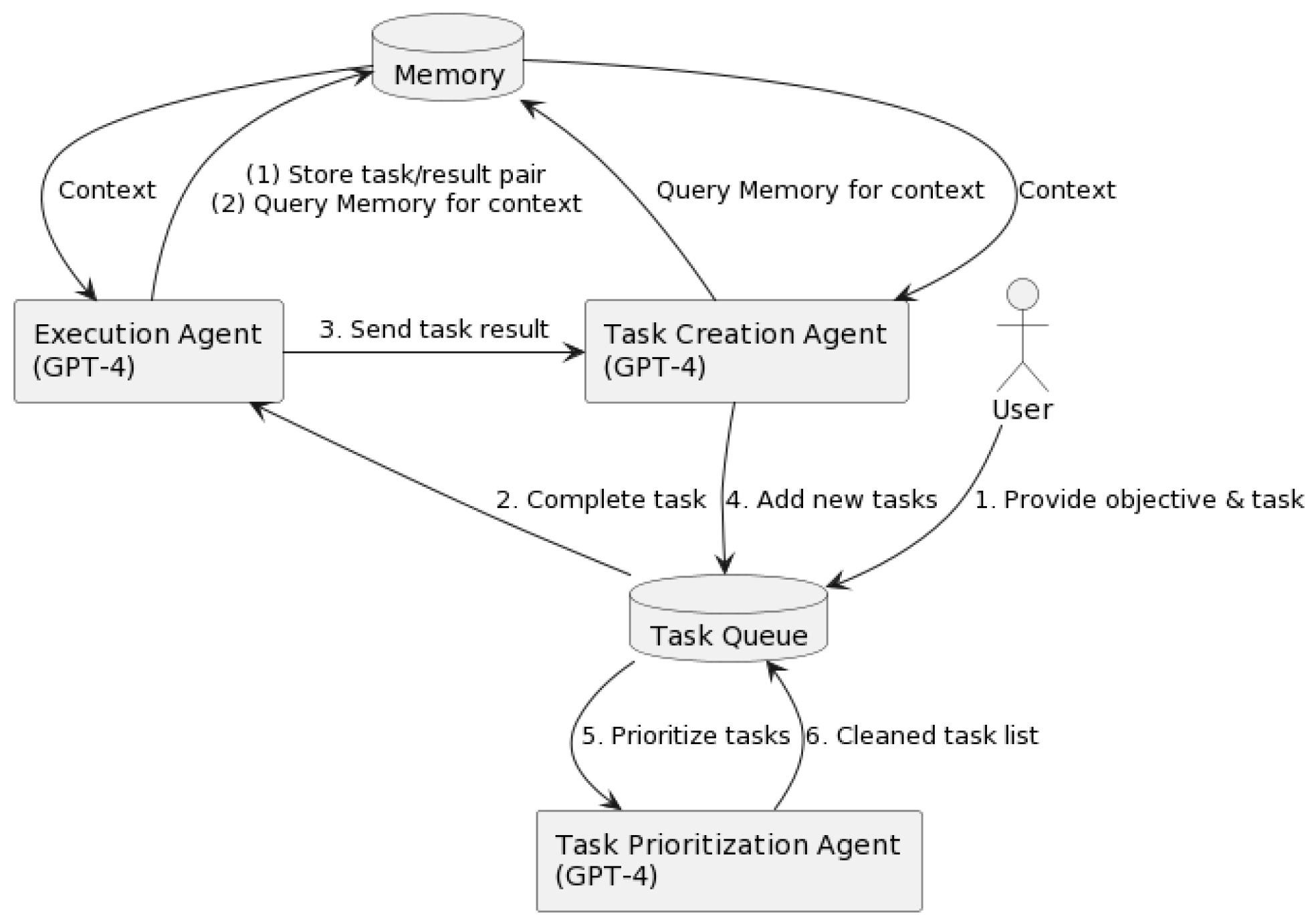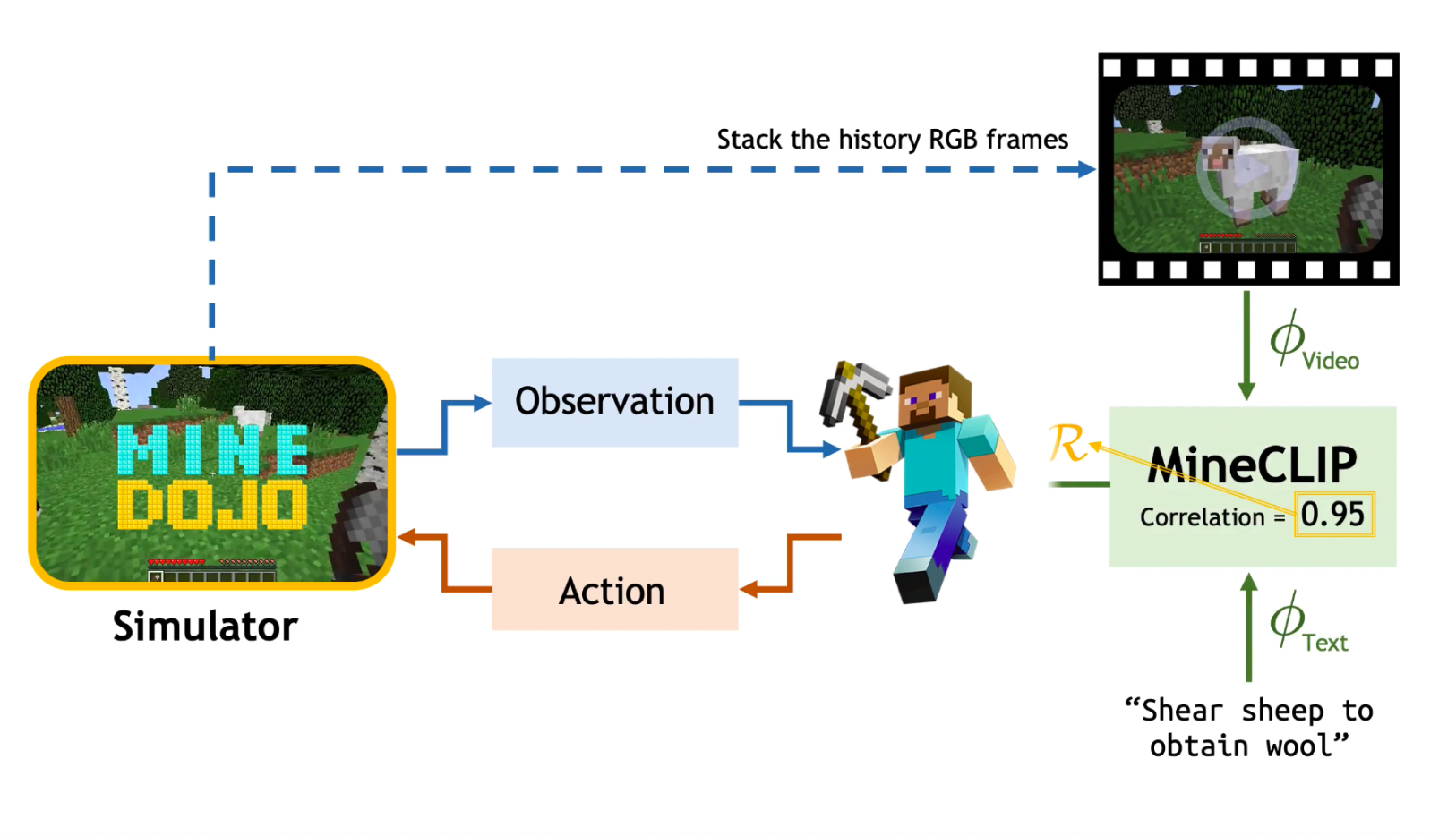Artificial Intelligence (AI) has been making waves with new forms of automated applications built using language models like GPT, Claude, and Palm. One technique that's pushing the boundaries of AI is prompt engineering. This method is not only enhancing the capabilities of AI but also posing intriguing questions about:
- the future of AI
- the nature of thought
The power of prompt engineering
Novel forms of prompt engineering often involves getting language models to evaluate their own thoughts. In the context of problem-solving, these thoughts equate to strategies. Recent groundbreaking projects like Tree of Thoughts, MineDojo and AutoGPT have employed similar techniques.
Tree of Thoughts

The Tree of Thoughts paper, released just over a week ago, is a fascinating exploration of this concept. It combines self-evaluation with forward planning and backtracking, drawing on dual-process theories from psychology. These theories generalise human decision-making as arising in two different modes:
- System 1: unconscious, implicit, automatic
- System 2: conscious, explicit, controlled
If simply prompting GPT is a way to get the model to perform System-1 thinking, then prompt chaining with a self-criticising algorithm is like giving these language models a System-2 mode.
AutoGPT
AutoGPT is another project that leverages the power of prompt engineering. This project focuses on automating the generation of high-quality text, pushing the boundaries of what language models can achieve. By evaluating its own thoughts and strategies, AutoGPT showcases how prompt engineering can lead to significant improvements in AI capabilities.

MineDojo
Another exciting project that employs prompt engineering is MineDojo, a self-coding Minecraft agent developed by NVIDIA. This project aims to create the best Minecraft player possible, showcasing the potential of AI in gaming.

NVIDIA is becoming an increasingly important company in the AI space and recently reached a $1 trillion market cap, at least briefly. Though they're mainly known for providing chips, including GPUs used by AI companies, they've also been making fascinating contributions to AI software.
The Impact of Prompt Engineering on AI
Prompt engineering is more than a novel technique; it's a game-changer for AI. By enabling AI models to evaluate and improve their own thoughts and strategies, prompt engineering is paving the way for more autonomous and efficient AI systems.
Autonomous agents have been a part of AI research for decades, but the advent of internet-scale knowledge has significantly amplified their capabilities. With access to vast amounts of data, these agents can now learn, adapt, and make decisions with unprecedented sophistication. This is a paradigm shift from the traditional rule-based systems, which were limited by the knowledge explicitly programmed into them.
The implications of this are far-reaching, spanning a bunch of fields. In data analysis, for example, AI systems could sift through massive datasets, identify patterns, and make predictions with superhuman accuracy. In healthcare, AI could assist in diagnosing diseases, predicting patient outcomes, and even developing new treatments.

But, with these advancements come new challenges and risks. As AI systems become more autonomous, questions about oversight, accountability, and ethical considerations become increasingly important. For instance, how do we ensure AI systems make decisions that align with our values and ethical standards? How do we mitigate the risk of misuse or unintended consequences?
As a society, we'll need to address these issues as we continue to explore the potential of prompt engineering and other advanced AI techniques. As we navigate this exciting frontier, it's essential to foster a dialogue about the responsible use and governance of AI, ensuring we use these technologies to benefit society.
Fortunately, the conversation is becoming more mainstream.
The future of AI with prompt engineering
Did you know that the Tree of Thoughts method has been shown to increase the ability of large models to complete some tasks by as much as 10-20x? This significant improvement showcases the potential for new reasoning systems to enhance AI capabilities.
These projects are not just pushing the boundaries of AI; they're also providing valuable insights into our own thought processes. Most of the code in these projects simply loops over itself, prompting the AI to critique its own decision-making.
This leads us to wonder...
How much more can engineering existing language models improve the capabilities of AI? What happens when these tools are applied to next-generation models like GPT-5 or the incremental improvements planned for GPT-4?
As we continue to explore the possibilities of prompt engineering, we're likely to see even more exciting developments in AI. Stay tuned for more updates on this fascinating frontier!
